Guidelines for monitoring of water transparency (Secchi depth).

View/
Average rating
votes
Date
2017Corporate Author
HELCOM
Status
PublishedPages
4pp.
Metadata
Show full item recordAbstract
Water transparency serves as an index for the trophic state of a water body. It reflects eutrophication through changes in the phytoplankton abundance; increase in the ambient nutrient status in the water leads to higher phytoplankton biomass that diminishes the propagation of light in the water.
Water transparency is approached by Secchi depth (Cialdi and Secchi 1865, Whipple 1899). Secchi depth is influenced by dissolved and/or colloidal inorganic and organic substances as well as total suspended solids and resident seston. It is thus affected by substances unrelated to eutrophication as well. This source of error has to be taken into consideration whenever eutrophication state is assessed using Secchi depth in the Baltic Sea that is optically classified as a Case II water body (Morel and Prieur 1977), i.e., the body where concentrations of colour producing substances (e.g. phytoplankton, inorganic particles and CDOM) vary independently from each other. Those Secchi depth estimation.....
Publisher
HELCOMHelsinki, Finland
Document Language
enSustainable Development Goals (SDG)
14.aMaturity Level
MatureSpatial Coverage
Baltic SeaGulf of Bothnia
Citation
HELCOM (2017) Guidelines for monitoring of water transparency (Secchi depth). Helsinki, Finland, HELCOM, 4pp. DOI: http://dx.doi.org/10.25607/OBP-1798Collections
- CAPARDUS Practices [244]
- HELCOM Manuals and Guidelines [49]
 Repository of community practices in Ocean Research, Applications and Data/Information Management
Repository of community practices in Ocean Research, Applications and Data/Information Management